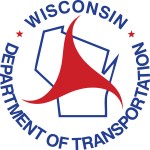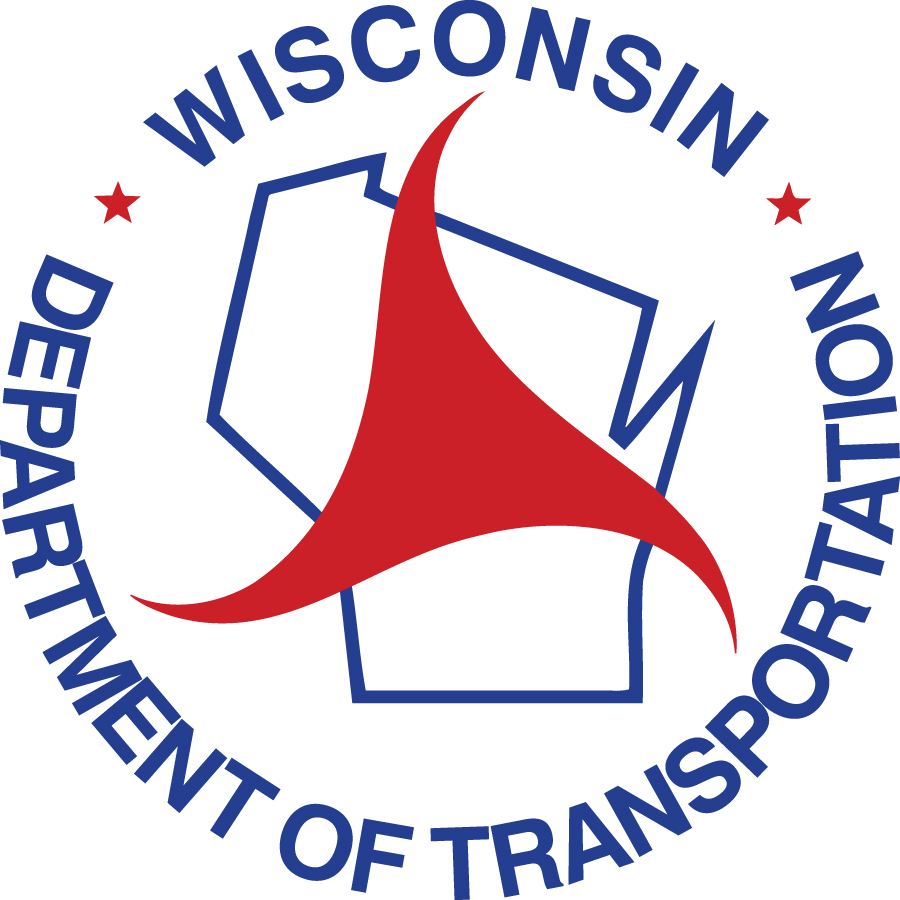Study: Liquid brine clears Wisconsin highways faster
Data shows crews clearing roads fast and effectively while using less salt
As we move into spring in Wisconsin, a recent report released by the University of Wisconsin – Madison’s Traffic Operations and Safety (TOPS) Lab found use of liquid brine in winter highway maintenance cleared Wisconsin highways faster, provided better friction on roadways and reduced overall salt usage.
Researchers looked at data from 143 storms occurring in 10 counties across Wisconsin. It compared brine-cleared routes to those nearby cleared with a traditional granular rock-salt method. The data showed that brine-treated roads were:
- Clear (bare/wet condition) more than two hours faster on average.
- More likely to show a higher friction rating.
- More efficient with material – reducing salt use on average by 23%.
“With salt costs continuing to rise, it’s imperative we work together to optimize supplies and deliver the most safe and effective service possible for the taxpayer,” WisDOT Secretary Craig Thompson said. “Liquid brine is a great example of how we strive to implement sustainable and earth-friendly alternatives during winter highway maintenance. We applaud county highway departments across the state for using liquid brine to maintain and clear Wisconsin roadways faster.”
Liquid brine is a simple mixture of salt and water used to clear winter roads. All Wisconsin counties track some use of liquid brine, and many began to incorporate salt brine decades ago. Brine is being used in several ways throughout Wisconsin, and each helps to optimize use of salt in fighting winter storms.
- Wetting roads with liquid brine before storms help prevent the bond of snow and ice to a driving surface.
- Using brine to wet granular salt as it’s distributed both helps the salt stick to a roadway and activates the chemical reaction that melts snow and ice.
- With Direct Liquid Applications (DLA), the brine solution is sprayed directly to the roadway during winter events to break the bond between snow and the pavement.
“The data tells a very positive story for winter highway safety in Wisconsin,” said Andrea Bill, associate director of the TOPS Lab, which is housed in the UW-Madison College of Engineering. “Liquid brine is an effective tool, and along with training, education and technology, our storm fighters are making effective reductions in the amount of chloride on our roads and improving the performance of winter roads.”
About the study: The methodology consisted of route selection, route and equipment data collection, winter storm event field data collection (weather, material, application rates, and performance), pavement friction data collection, and data analysis (comparison between study and control routes). Field data was collected from 10 counties (Brown, Dane, Jefferson, Marathon, Marquette, Outagamie, Price, Shawano, Washington, and Wood) in Wisconsin and there were 143 storms evaluated during the 2020-2021 winter season. Field data was collected from study and control routes at the same time and under the same weather conditions. Pavement friction data was collected from two counties (Jefferson and Wood).
Learn more about WisDOT winter maintenance efforts and read the full WisDOT salt brine report.
NOTE: This press release was submitted to Urban Milwaukee and was not written by an Urban Milwaukee writer. While it is believed to be reliable, Urban Milwaukee does not guarantee its accuracy or completeness.






















